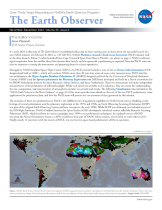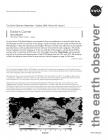- Home
- Missions
- Data
- Communications
- People
- The Earth Observer Newsletter

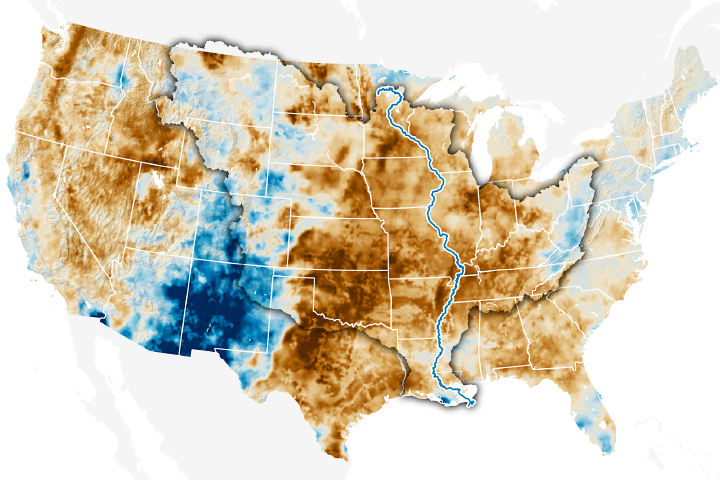
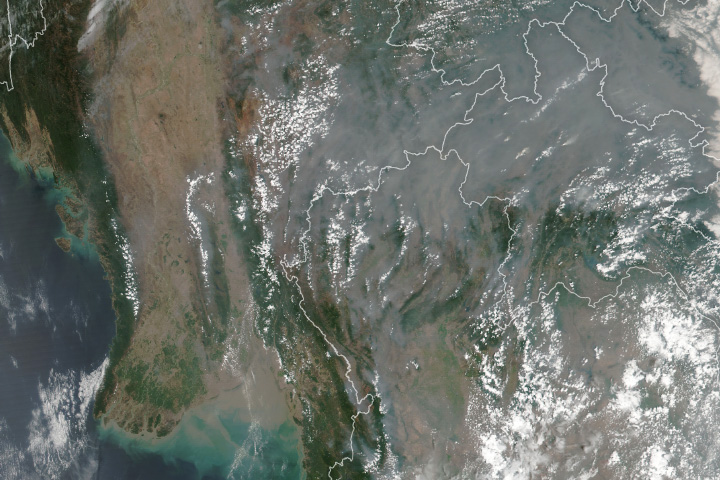
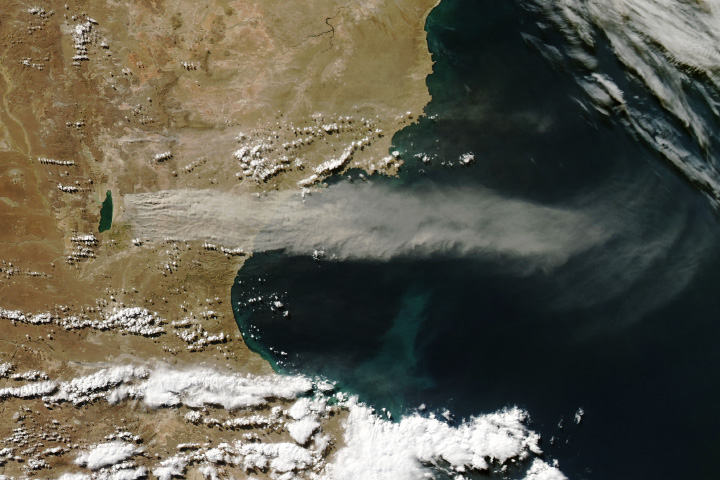
Recent Imagery
You will be directed to the NASA Visible Earth webpage when you select Images by Mission below, or click on the images at right that are randomly generated to represent four out of all possible topics.
The Earth Observer: Sep - Oct, 2008
In This Issue
Click title below to view page
- Editor’s Corner Front Cover
- Feature Articles
- The Early Beginnings of EOS: “System Z” Lays the Groundwork for a Mission to Planet Earth4
- The Orbiting Carbon Observatory (OCO): Watching the Earth Breathe—Mapping Carbon Dioxide from Space8
- A Brazilian Wind: Measuring Energy Potential12
- Meeting/Workshop Summaries
- Research & Discover Interns and Fellows Present Results17
- Landsat Science Team Meeting Summary23
- Summary of the 33rd Advanced Spaceborne Thermal Emission and Reflection Radiometer (ASTER) Science Team Meeting28
- May 2008 AGU Joint Assembly A-Train Special Sessions Overview30
- MODIS-VIIRS Science Team Meeting Summary34
- In The News
- NASA Data Show Some African Drought Linked to Warmer Indian Ocean40
- Ocean Surface a Boon for Extreme Event Forecasts, Warnings42
- Regular Features
- EOS Scientists in the News44
- NASA Science Mission Directorate—Science Education Update46
- Science Calendars47
Editor’s Corner
Steve Platnick, EOS Senior Project Scientist – Acting
In recent issues of The Earth Observer, we presented the first two installments in a series of articles that we call Perspectives on EOS. In this series, we are asking a number of people who were closely involved with the EOS program to share their experiences and thoughts. We hope to provide some reflections on the program’s past and present, as well as perspectives that have relevance to future Earth science programs. This month, we have a glimpse into what was going on in the very early days of the program—the pre-history of EOS—and how what we now know as EOS came to be. This insight comes from Dixon Butler, who was heavily involved in the creation and implementation of the EOS Program from late 1981 until 1995. My thanks go to Butler for taking the time to share his story with you; his article appears on page 4 of this issue...
Read more...
